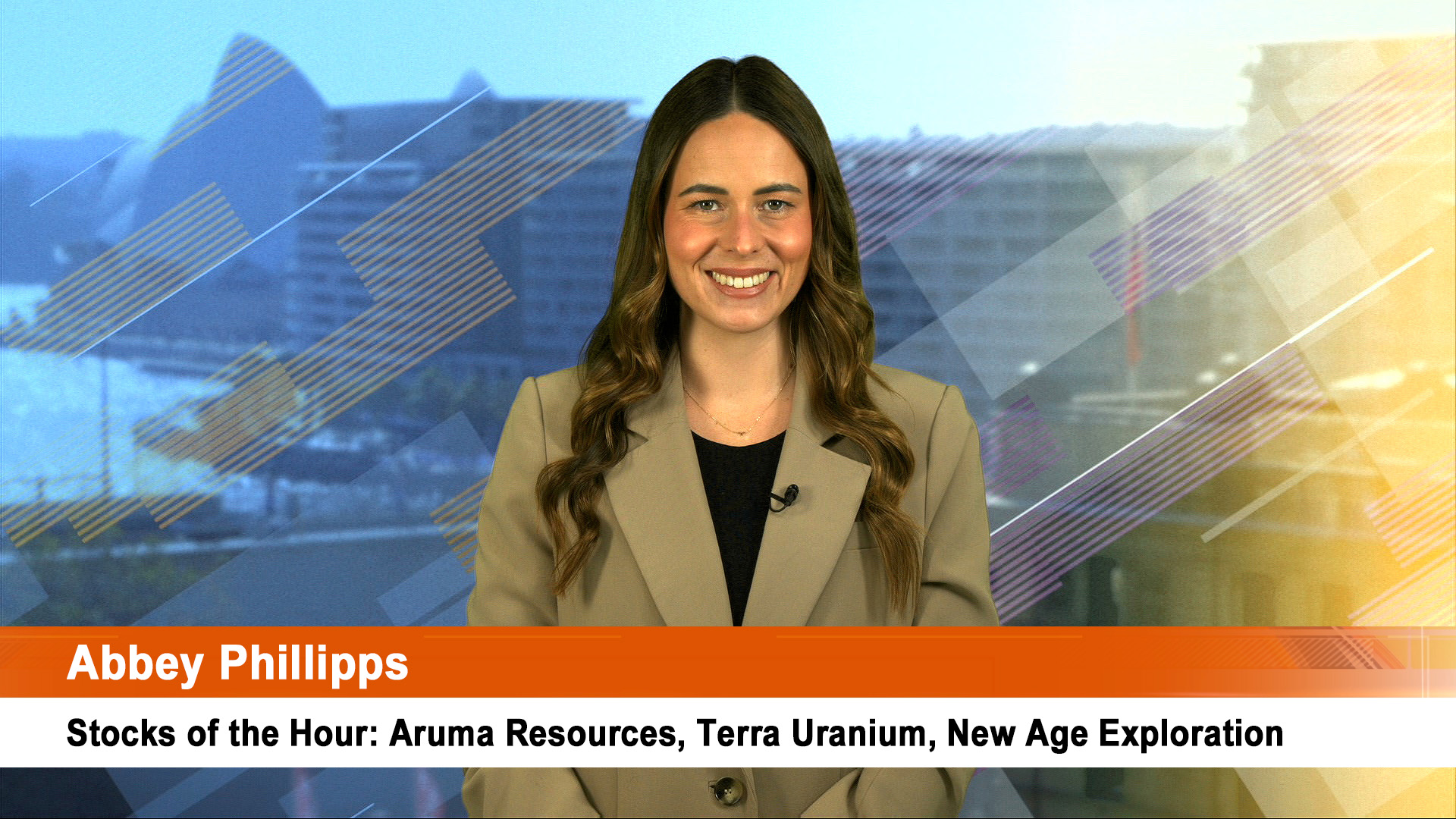The December half year and full year Australian corporate earnings season has ended and it’s been better than expected.
Dividends on the whole are up, and although there were some losses by basket cases such as Qantas, there were some very solid profits – Woolworths, Wesfarmers, the Commonwealth Bank and the big miners come to mind.
As is often the case the companies with great results often go first followed by those not doing so well. As a result, Friday night saw a flood of reports revealed losses or weak results (and more to come this morning).
One company slipping out a poor result was Perth-based Ausdrill which reported a forecast slide in revenue, profits and a lower dividend well after 8 pm on the last day for the reporting season.
Revenue fell 27% from $580.2 million to $424.2 million, net profit slumped 70% to just $14.5 million and the interim dividend was chopped to 2.5c a share from 6.5c.
That interim result was typical of the mining services sector – just look at the downgrades and lower revenues and profits from the likes of WorleyParsons, Monadelpheous and the collapse of Forge Group – with more to come in the next few months as ALS Ltd warned of a slide in profit for the March 30 year on Thursday.
Mining services was the sector most damaged by the slide in the investment boom – but manufacturers didn’t do well either, especially those with some links to mining, such as Bradken (which called off a takeover for Austin Engineering last week as well).
The obverse of the slide in the mining servicing sector was stronger results from many miners – led by the cost-cutting giants BHP Billiton, Rio Tinto, Newcrest and Fortescue Metals.
Their greater efficiencies (and higher dividends for BHP, Rio and Fortescue) came at the expense of the smaller companies serving the resources sector.
That said, overall results remain pretty good and confirm the profit cycle has now turned up with large companies, notably the resources and banks, playing a bigger role than normal in driving growth.
"Key themes have been a massive turnaround for the resources stocks (notably Rio and BHP), leaving the sector on track for circa 40 per cent earnings growth this financial year," the AMP’s chief economist Dr Oliver said.
Rio Tinto posted a 10% in underlying annual profit to $US10.2 billion, while BHP lifted half year net profit by 83% to $US8.1 billion.
The strong results from the Commonwealth and Bendigo and Adelaide Bank, plus solid first quarter updates from the NAB, Westpac and especially the ANZ, saw many analysts and big investors upgrade their outlooks for the sector.
Now they are looking for a 10% plus rise in profits from the banks.
"The bottom line is that Australian earnings look to be on track for growth of around 15% this financial year," Dr Oliver said.
Dividends have risen by 14% from a year ago, helped by payouts from Telstra and the Commonwealth Bank, Arrium, Woolworths, BHP, Rio, Fortescue and Wesfarmers.
"At 64%, the dividend payout ratio is still not excessive for the overall market," Dr Oliver said at the weekend in his weekly note.
And analysts at Deutsche Bank noted a rebound in the industrial sector, driven by an improvement in the housing market that has lifted companies with exposure to construction, such as Boral.
Dr Oliver said that 54% of reporting companies exceeded expectations (compared to a norm of 43%); 65% of companies have seen their profits rise from a year ago (compared to a norm of 66%); 64% of companies have increased their dividends from a year ago (which is up slightly from around 62% in the last two years); and 56% of companies have seen their share price outperform the day they released results.
"Key themes have been a massive turnaround for the resources stocks (notably Rio and BHP) leaving the sector on track for circa 40% earnings growth this financial year, banks doing very well (with good results from CBA, ANZ and NAB), help coming through from the lower $A, ongoing cost control making up for still soft revenue growth, signs of improvement from some cyclicals (like Boral, JB Hi Fi, Fairfax and Seek) and strong growth in dividends," Dr Oliver said.
The 14% rise in dividends and the 64% dividend payout ratio "is still not excessive for the overall market and higher dividends are usually a sign that companies are confident about the outlook," according to Dr Oliver.
"The bottom line is that Australian earnings look to be on track for growth of around 15% this financial year, with a 40% surge in resources’ profits, a 10% rise in financials’ profits and a 6% rise in profits for the rest of the market," he forecast.
But look to the 2014-15 year and wonder what the forecast 17% fall in private investment – in the region of $25 billion – will do to earnings and growth if it drags the economy lower. A weak performance could be on the cards for corporate Australia.













